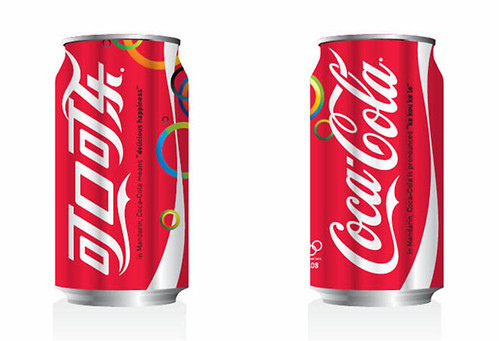Forest girls
News on Japan – New-old ‘Forest Girls’ fashion of Japan – mori girls or forest girls are based not only on a look but a lifestyle. While their layering might struggle in a Japanese summer, the forest girls idea of a more naturalistic lifestyle will likely have a longer appeal
China
Conversationage : Censorship for Hire in China – different standards of interaction and editorial independence exist in different markets and cultures. It just is.
A Look at China’s New Online Health Information Rules – WSJ
China moves to discipline ‘wild use’ of language – The Irish Times
Consumer behaviour
What Makes Us Happy? – The Atlantic (June 2009)
Managing Generation Y – the Facebook Generation – Gary Hamel’s Management 2.0 – WSJ
Students Skeptical Kindle DX Can Replace Paper Chase | Gadget Lab | Wired.com
Design
Economics
RTÉ Business: Global airlines to lose $9 billion this year
Recruitment in the recession | You’re hired—next year | The Economist – some interesting approaches in here
Finance
RTÉ Business: Santander to scrap British brands
Porsche on the financial brink – Telegraph – karmic payback for the way Porsche borked investment bankers with last years ‘short squeeze‘
FMCG
Unilever to Test Mobile Coupons – WSJ.com
Major Ad Campaign for Starbucks to Focus on Quality – NYTimes.com – interesting campaign supporting social media campaigns with billboard adverts
How to
Poor Wi-Fi Reception? Blame Baby Monitors
55 Ways to Get More Energy | Zen Habits
10 tips for the ultimate digital road warrior bag – The Next Web
Generate Lorem Ipsum Text in Microsoft Word
Innovation
The Failed Promise of Innovation in the U.S. – BusinessWeek – the lie in the overuse of the word ‘innovation’
Japan
What’s happening in Japan right now?: TokyoBarCamp – I love the way the Tokyo Barcamp logo features the king of the monster movies Gojira (Godzilla) breathing a radioactive flame
AFP: Japan officials promote hip home – “Japan has been too quiet… and hardly made itself felt” on the world stage, he said, adding that anime and manga are “one of the few ways in which Japan can exert influence on other countries”. Or in other words, our army might only be allowed to defend the homeland but if you mess with us, we’re bringing Sonny Chiba, a posse of Gundam and Gojira (Godzilla) himself if need be. Japan belated realises the soft power of its popular culture
3quarksdaily – Rise of the Nu Mohemians – interesting intro on how the mobile novel started off in Japan
Japan ready to pump $10 billion into 3.9G network infrastructure
Korea
In South Korea, All of Life Is Mobile – NYTimes.com
Japanese Police Arrest Late Actress Jang’s Ex-Manager – if the allegations around this are true, water-boarding would be too good for all those involved
Luxury
Agnes b. plans China expansion – China Economic Review – interesting expansion move
LUXURY IN CHINA: Get Rich Is Glorious – really good presentation on luxury brands in China
Understanding Luxury Brands and Social Media
Media
Survey: Consumers prefer DVDs to downloads – CNET News – Despite trend toward digital downloads, U.S. consumers still prefer to watch favorite TV shows and movies on DVD, says market researcher NPD.
The rebirth of the news business | Tossed by a gale | The Economist – The Economist on the state of the US news media business
Retailing
Japanese vending machine cafes are a recession hit | Japanator.com – machines reduce the need for waiting staff
Software
Official Google Blog: Introducing the Google Chrome OS – interesting that this is a completely separate project from Android
Dell says Windows 7 price is possible barrier – CNET News – A Dell marketing executive says Windows 7 pricing is potentially an obstacle for Windows 7 adoption. What about all them bargain bucket buy a laptop adverts?
WSJ D7 conference: Nokia CEO: iPhone was a “Wake-up Call” – interesting comments on the speed of innovation and a move into services with the app store and Ovi
Technology
I, Cringely » The Future of Television (part II) – Cringely on technology – smart stuff here about IPTV
Telecoms
Digital Evangelist: Thoughts on BT
Wireless
In China, Knockoff Cellphones Are a Hit – NYTimes.com – if phones are that cheap to make, why do Motorola et al lose their shirts all the time? I love some of the brand mashups such as the Louis Vuitton branded Motorola Aura look-alike
Virgin Mobile USA’s CEO Says Over Half The Population Is Considering Prepaid | mocoNews
